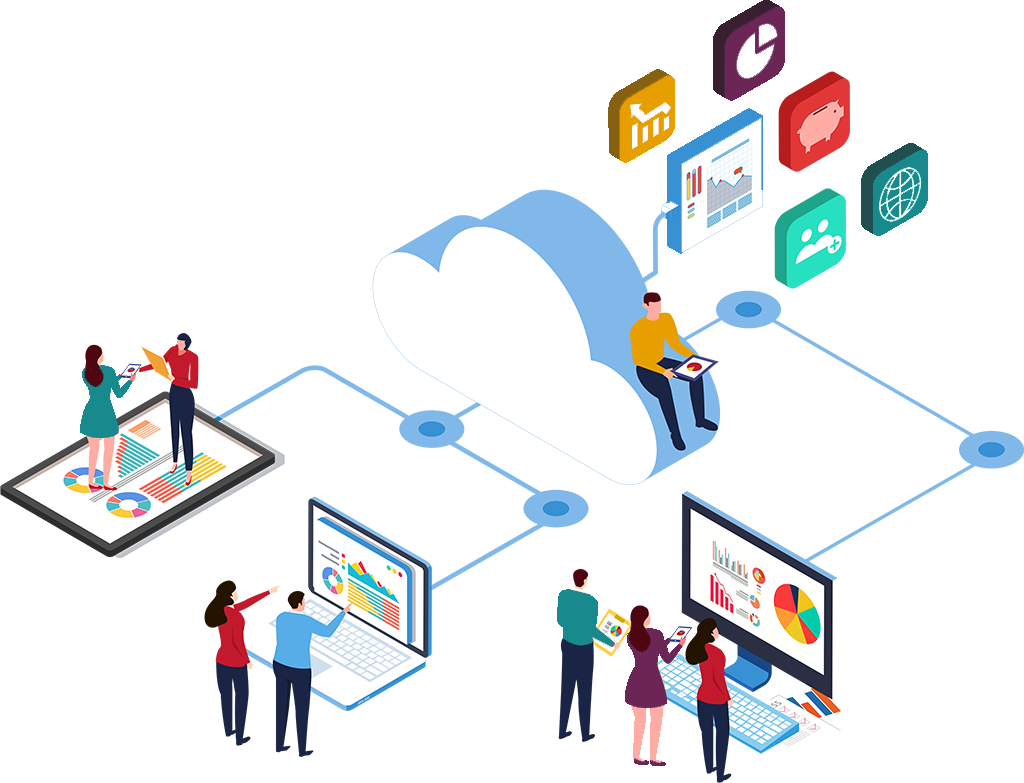For many businesses large and small, the most pressing issue right now is how to safely reopen and return employees to the workplace. This won’t be as simple as getting the all-clear from government authorities and allowing employees, currently working from home, to come back to offices and other physical workplaces.
The question of how to reopen is complicated and nuanced. Just as no two businesses have had the exact same experience during this pandemic, there is no one-size-fits-all approach to reopening. What is clear, however, is the need for every business to develop a plan to mitigate the threat posed by COVID-19 and help avoid a future resurgence of the virus. First and foremost, that means addressing the health risks to your people and customers and, in turn, to the health of your business.
It starts with understanding where you are today and where you need to go. Generally, we are seeing four distinct phases: Reaction, Resilience, Recovery, and New Reality. Many businesses have made it past the first stage of reacting to the crisis (Reaction) and have maintained business continuity by operating remotely (Resilience). As restrictions continue to ease across the country, these businesses are now entering the crucial next stage of reopening and returning employees to the workplace (Recovery).
At KPMG, we have developed a Return to the Workplace guide for employers which identifies the key factors and considerations for a robust action plan for businesses. The guide lays the foundation for a safe, gradual, and effective strategy to reopen, setting out specific actions and best practices.


Whether you operate a privately-held company, a family-owned business, or an owner-managed enterprise, this guidance can be tailored to your unique situation. The goal is to provide the practical tools, information, and advice business leaders need to meet their responsibilities to their employees, customers, and community – and also regain a sense of control.
Before developing and executing any plan to reopen, an effective approach gives careful consideration to these three areas:
- Leadership, governance, and risk management
- Workplace preparation and management
- Employee and visitor health and safety
This approach should encompass many different factors. For example:
- Is extending a work-from-home policy an option for some of your employees?
- Is your organization meeting its health and safety duties and would a risk assessment identify the need for additional controls as you reopen?
- What are your legal obligations and risks as an employer?
- What do leaders, building, and facility managers need to do to prepare the workplace?
- What protocols are in place to protect customers when entering your premises?
- Do you have the capabilities to screen, track, and isolate infected employees?
- How can technology enable your plans?
At KPMG in Canada, we are fortunate to be ahead of the remote work curve through investments in technology that allow most of our employees to do our work from home. This made the transition to a virtual work environment seamless. The use of collaboration technology, including video tools, has been extremely helpful in keeping us connected to our colleagues and clients.
For many organizations, this may be a completely new experience, and working from home continues to present challenges. Given the need to operate, at least partially, in a remote environment may exist for some time, it is critical for organizations to build up their remote resiliency. This may require a review of your work culture, technology, cybersecurity, and how you keep your people engaged.
We have gained valuable insights from KPMG member firms overseas, who started this process well before us. One of the key lessons our colleagues have stressed is that organizations need to start planning early. It is a major undertaking and there are a lot of details to consider.
A New Version of Normal
The pandemic has had an indelible impact on the world of work, on our economy, and society overall. Clearly, getting employees back to the workplace will help our economy recover and begin to restore consumer confidence.
As a new version of normal emerges, some of the changes we are seeing today will become permanent. Working remotely may become a preference for more people, rather than a necessity. For the foreseeable future, social distancing will continue and workplace health and safety measures will remain paramount.
In reality, though, some of your people may not be comfortable returning to physical worksites. This underscores the importance of starting to work on your strategy well before you want people back in your workplace. The plan you develop should be shared openly with your employees to assure them you care about their concerns and have implemented the necessary health and safety protocols.
For businesses that are reopening, getting this plan and the details right is vital. It is ground zero for seeing your business through to recovery and a new reality.
Mary Jo Fedy is the National Enterprise Leader at KPMG in Canada













